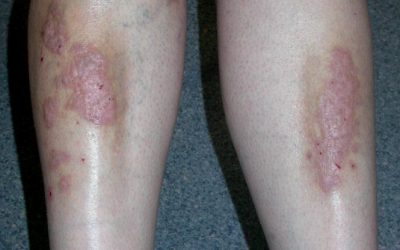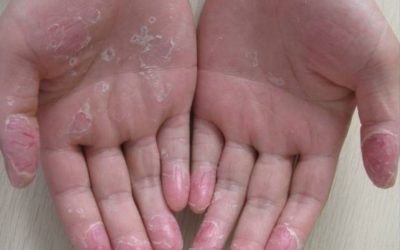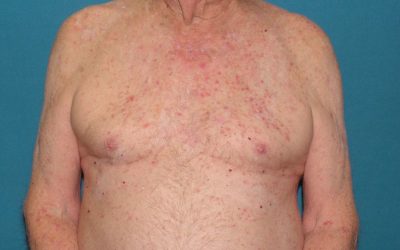Multi-coloured ringworm
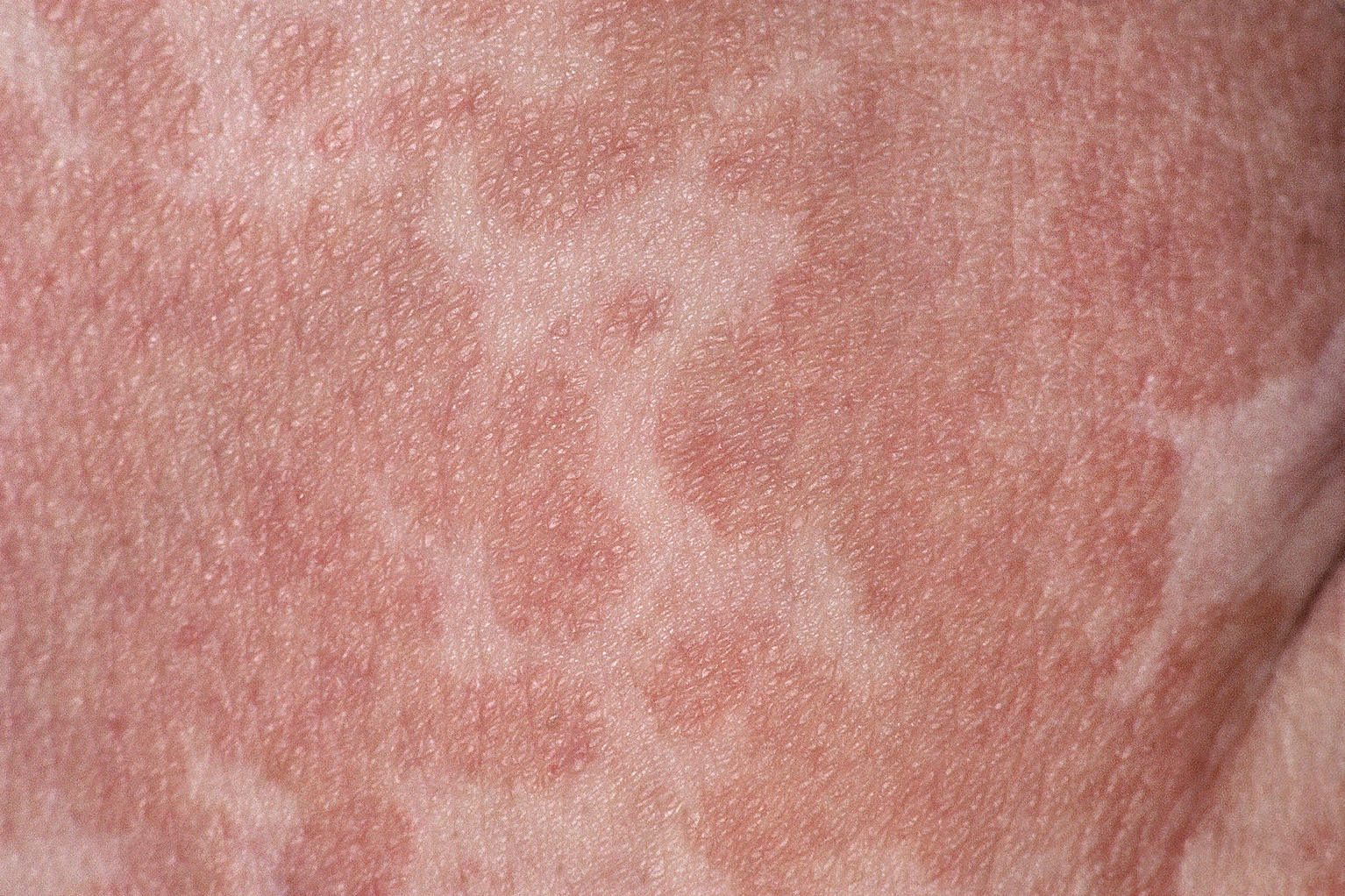
Multi-coloured ringworm is a skin rash caused by a fungus of the Malassezia species, called ‘multi-coloured’ because of the wide range of colours and shades of the rash. About 14 different species of Malassezia fungi can be identified. This is
a normal part of the skin’s microflora, which usually doesn’t cause any discomfort or rashes. The disease is not contagious. It can affect both children and adults.
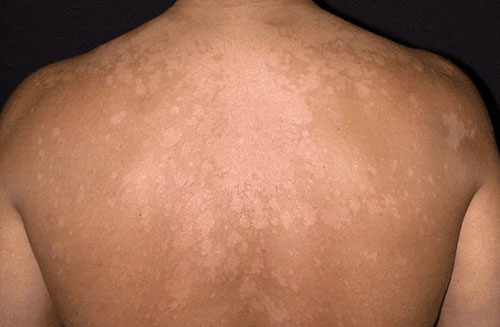
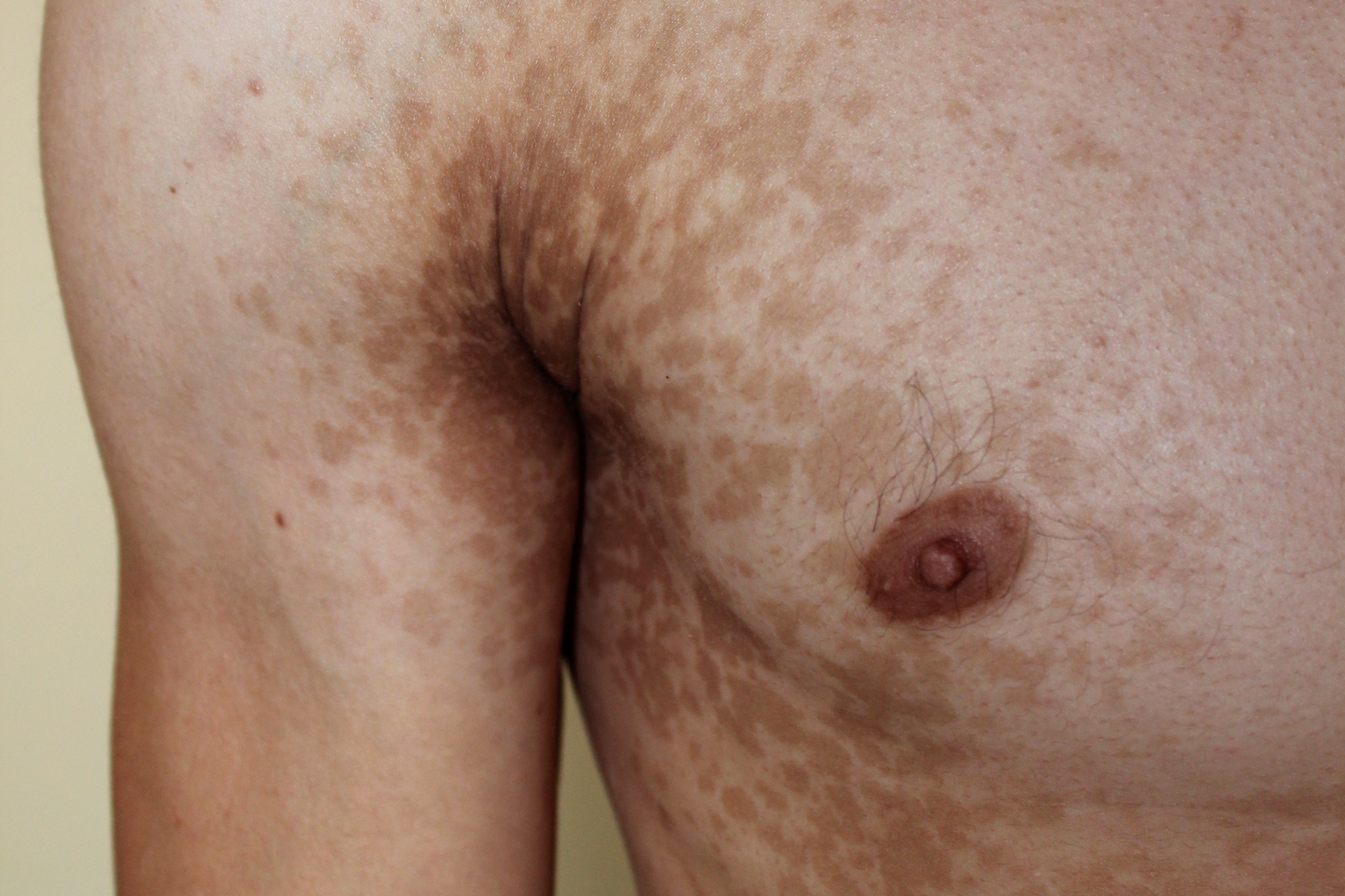
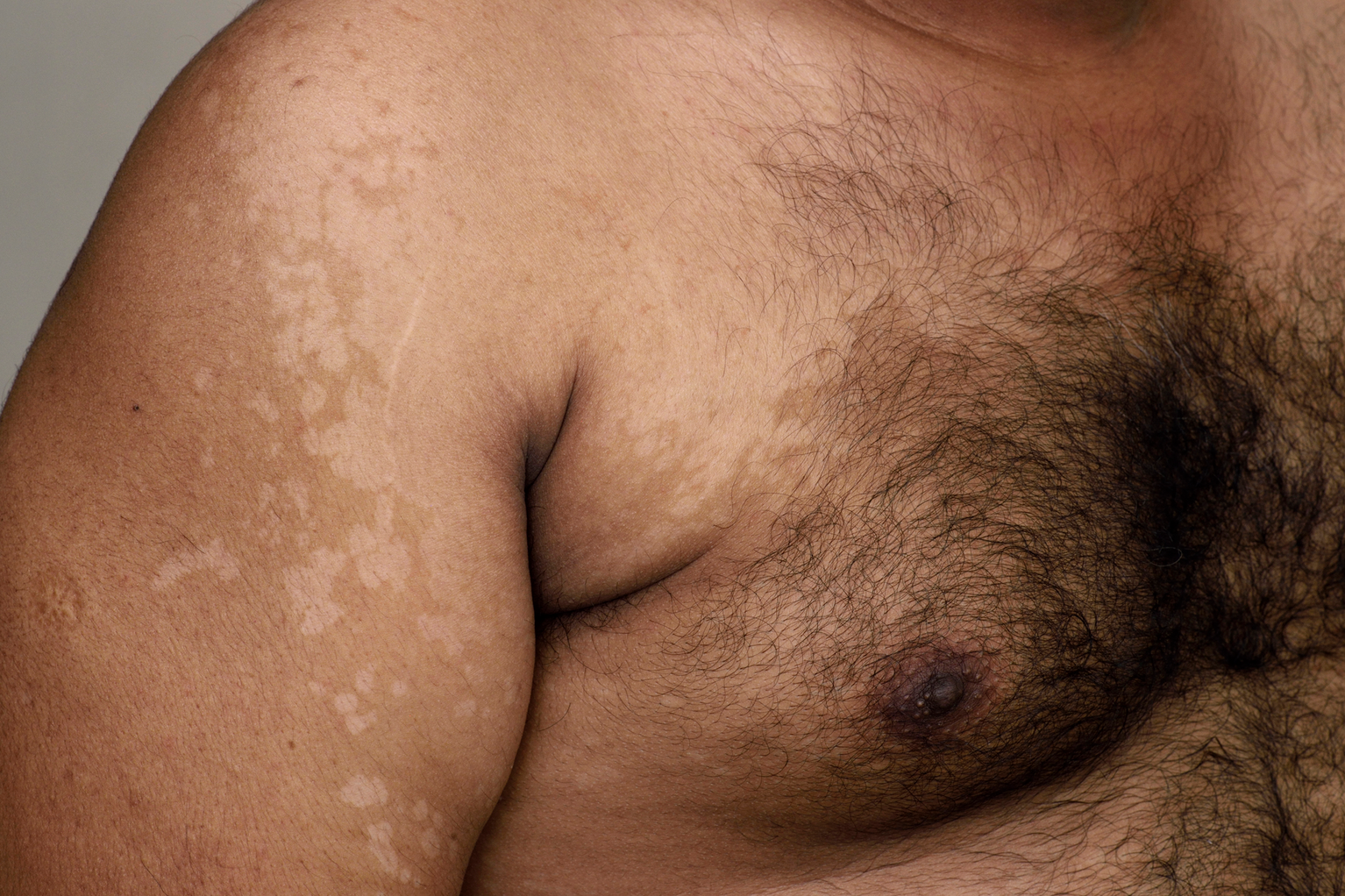
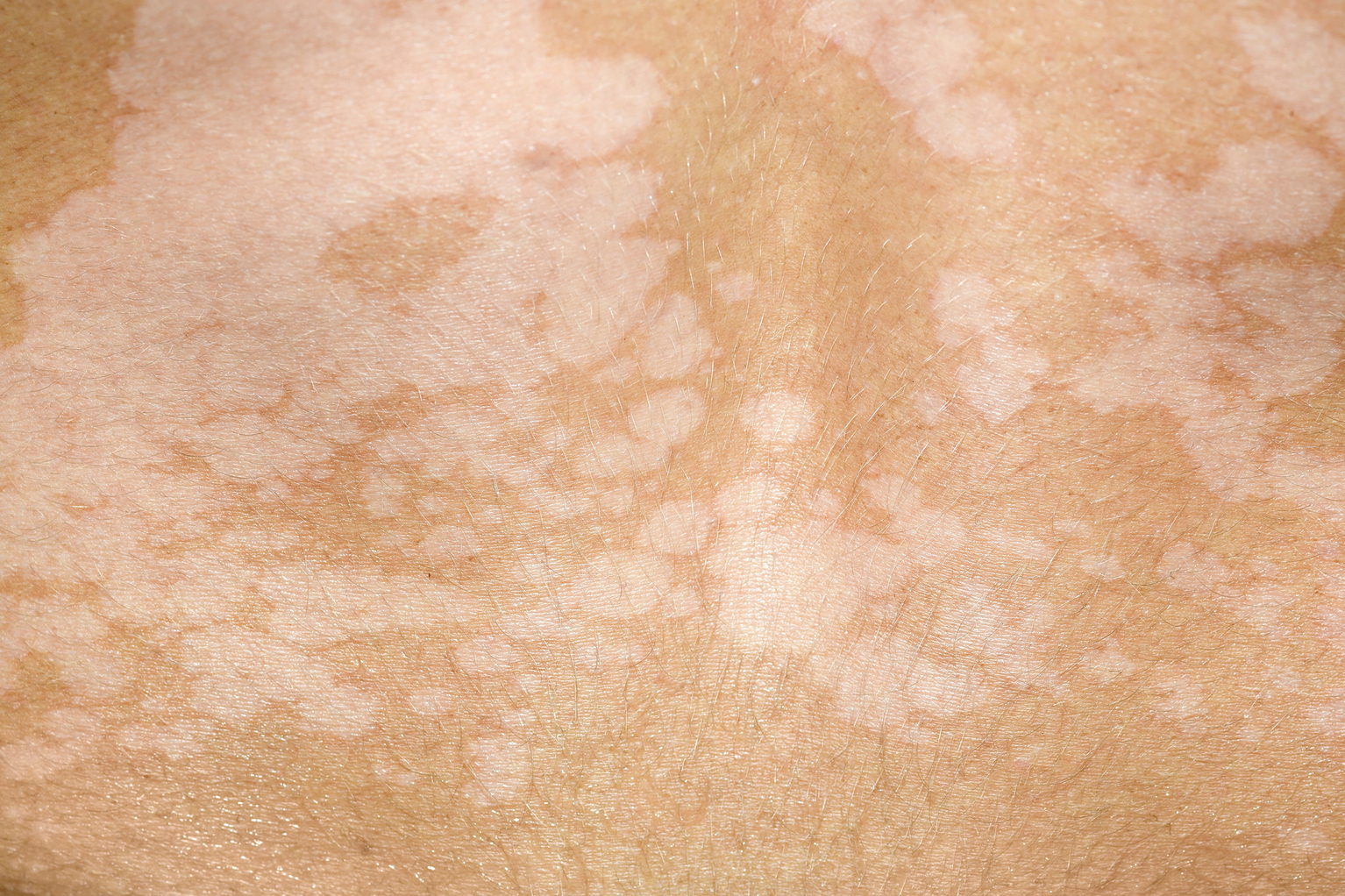
Clinical signs
When conditions are favourable (humid, warm environment, increased sweating, tight synthetic clothing, weakened immunity due to infection) and the fungus on the skin surface increases, the lesions characteristic of multi-coloured dedermatitis appear:
-
- red, brownish or brown, whitish spots and blotches of various diameters
- affected areas may become scaly
- itching is not severe, more common after warming up
- the rash does not burn after sun exposure and gives the appearance of “mottled” skin
- rashes on the neck, back, chest, abdomen, arms and, less commonly, thighs
Diagnostics
Diagnosis is based on characteristic symptoms and clinical signs. Additional tests may be needed if the disease has been left untreated for a long time, leading to symptoms that could be attributed to other skin diseases. In this case, additional tests are carried out:
-
- inspection with Woodhouse lamp
- dermatoscope examination
- microscopic examination of a scratchy, scaly rash for fungal detection
- in rare cases, a biopsy of a skin graft
Treatment
An antifungal cleanser and an antifungal medication to be applied to the rashes. In the case of a prolonged course of the disease, or if the rash is very widespread or recurs frequently, your doctor may also prescribe oral antifungal drugs.
If you notice rashes typical of multicoloured powdery mildew, you can help yourself with an antifungal cleanser if they are not widespread. If the rash persists, we recommend consulting a dermatovenereologist.

Lichen Planus: Causes, Symptoms, and Treatment Options
Lichen planus is a chronic inflammatory skin condition that causes itchy, flat, purplish rashes. Effective treatments focus on managing symptoms and improving skin health to prevent discomfort and flare-ups.
Keratolysis Exfoliativa: Causes, Symptoms, and Treatment for Skin Peeling
Keratolysis exfoliativa is a skin condition that causes painless peeling, often affecting the palms and soles. Managing this condition involves proper skin care and moisturizing treatments to reduce peeling and improve skin health.
Heat Rash: Causes, Symptoms, and Effective Treatment
Heat rash, also known as prickly heat, occurs when sweat gets trapped in the skin, leading to small red bumps and itching. It’s common in hot weather and can be treated with cooling measures and proper skin care to reduce discomfort.
iDerma
MB iDerma
Fabijoniškės g. 99, Vilnius
+370 671 33323
[email protected]


